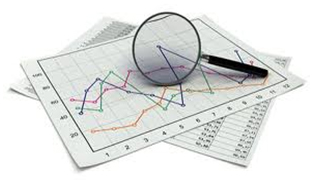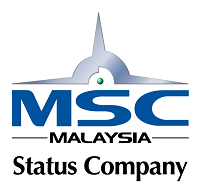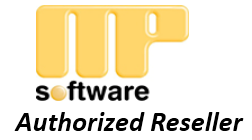BO 204 – JMP Training : Quality Control and Statistical Process Control – 2 days

Introduction
Statistical process control (SPC) involves using statistical techniques to measure and analyze the variation in processes. It aims to get and keep processes under control. Most often used for manufacturing processes, the intent of SPC is to monitor product quality and maintain processes to fixed targets. Statistical quality control refers to using statistical techniques for measuring and improving the quality of processes and includes SPC in addition to other techniques, such as sampling plans, experimental design, variation reduction, process capability analysis, and process improvement plans.
Learn how to
• Navigate the JMP SPC interface
• Setting up real time control chart through JMP software
• Setting JMP alarm functions
• Triggering of process violation rules
• Effective root cause analysis through JMP software
• Interpretation of analysis results
Training Approach
This practical course combines classroom teaching, practical exercises, and group discussion with actual factory based projects to provide a complete action learning experience. The course has been designed to enable all participants leave the training room with a set of new knowledge, tools, skills and direct experience of how to use JMP software for statistical process control in a real company setting.
Prerequisite: Statistical Data Analysis Through JMP Software
Training facilities: Computer installed with JMP software and LCD projector
Course contents :
DAY ONE
Section 1 : Introduction to basic statistic and type of data
• The difference between attribute and variable data
• Introduction to basic statistic.
• Introduction to normal distribution and its characteristics
• Standard deviation vs process variation
• Type of control charts and their applications
Section 2 : Basic concept of process variation
• Comparison between special causes and common causes
• Basic understanding on shape, location and spread of normal distribution curve
• The actions required to handle special causes and common cause
• Specification vs control limits
Section 3 : Data Collection and sampling
• Basic understanding on subgroup and subgroup size
• Guideline for selecting subgroup size
• Different types sampling strategy
• Steps to establish control chart
Section 4 : Variable control chart
• The applications of variable control chart
• Guidelines to choose different type of control charts
• Calculation of control limits and plotting X bar-R chart, X bar- S chart and X-MR chart
• Different subgrouping strategies for various purpose
• SPC techniques for short production run
• Root cause analysis
• Establish variable control chart through JMP software
DAY TWO
Section 5 : Analysis of control chart pattern
• Basic rules to identify out of control process
• Special cause test
• Western Electric rules
• Different type of control chart patterns, relevant interpretation and the actions required
• Detection of chart pattern through JMP software
Section 6 : Attribute control chart
• The difference between nonconforming and nonconformity
• When to apply attribute control chart
• Steps to establish attribute control charts such as p chart, np chart, c chart and u chart
• Calculation of control limits and plotting of control charts
• Establish attribute control chart through JMP software
Section 7 : Analysis of Process Capability
• Introduction to process capability index (Cp, Cpk, Pk, Ppk and Cpm) and its interpretation on process performance
• Targets for process capability index
• Steps for process capability analysis
• Interpretation of six sigma process performance
• Process capability study through JMP software
Section 8 : Implementing and maintaining SPC program
• Important factors to consider and steps for effective implementation
Who should attend: Managers, engineers, executives and supervisors who will use JMP software to perform process capability study and SPC implementation.
Delivery: Classroom lecture, hands-on practice, assignments and case studies.
Duration: 2 days (9am – 5pm)






